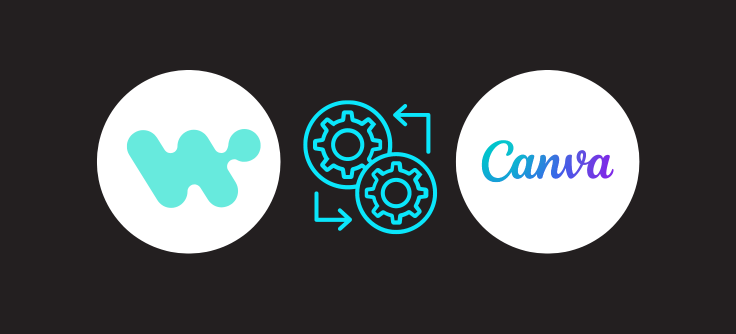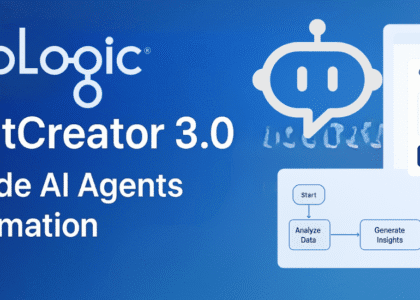Canva, a web-based design platform, makes design creation accessible to everyone. Regardless of experience, users can create impressive visuals for social media, presentations & banners using Canvas user-friendly tools. Featuring a drag-and-drop interface and a vast template library, Canva enables users to bring their ideas to life and publish them effortlessly. It has a free version with lots of tools and templates and a paid version with even more cool stuff. Ranked as the fifth most highly valued Unicorn globally, Canva was named Fast Company’s Most Innovative Enterprise Company and Best Workplace for Innovators in 2023. Before we get into how Canva’s using automation to boost productivity, let’s talk about its challenges.
Jessica Newton heads up Canva’s IT team, which customizes tech solutions for different parts of the company. She knows that something else is needed here. Her team focuses on giving each department what they need, using tools like Workato to keep things running smoothly. Canva wanted to speed up tasks across the company, especially in finance and HR.
Neil Saunders leads the team that automates processes at Canva. He realized that having automation controlled by just one team wasn’t efficient. So, they trained people across the company to use Workato, a tool for building automated processes without needing to be a tech expert.
Using Workato, Canva set up a system where anyone could create and manage their own automated tasks. They made sure everyone got the training they needed. For those who found it tricky, there were experts to help them out. Canva has implemented over 110 automations, fostering large-scale innovation, particularly in Finance and People operations.
Workato Automation and Its Impact on Canva’s Operations:
- Saved over 8,000 hours of manual work every year.
- Completed more than 100 vendor assessments faster, saving 75 hours of work.
- Made it easier to activate subscriptions for business clients.
- Trained over 40 people in finance and HR to use automation tools.
- Speeded up expense reimbursements from two weeks to just two days.






